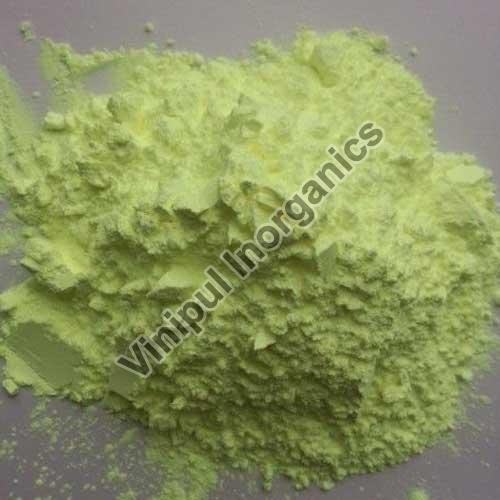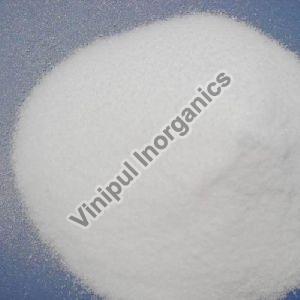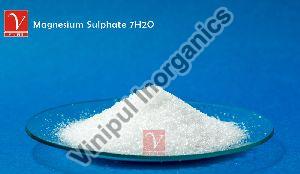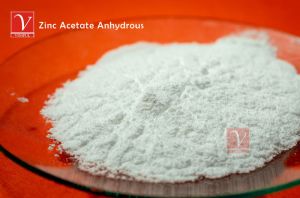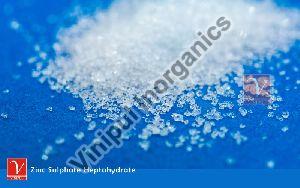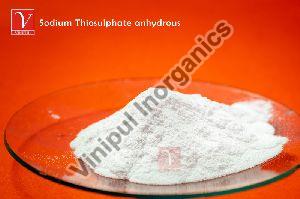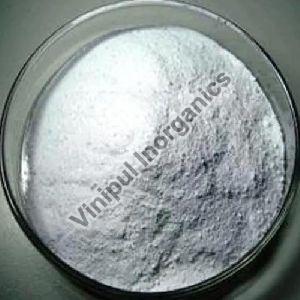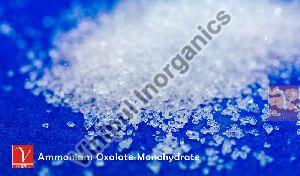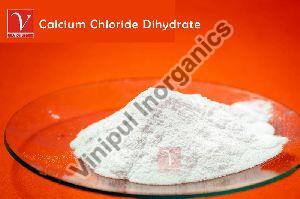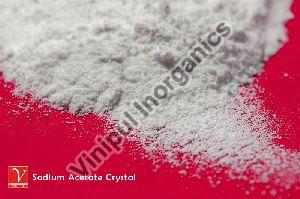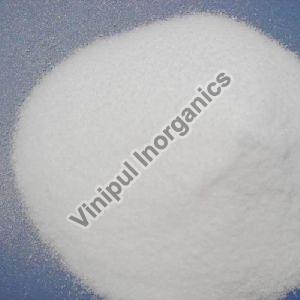Chembur, Mumbai, Maharashtra
- GST NO. : 27AACCA9261A1ZZ
| Business Type | Manufacturer, Exporter |
Numerous materials especially textiles, both classical {Cotton, wool, linen and silk} and synthetic {mainly polyamide, polyester and polyacrylonitrile }, are not completely white and efforts have been made since ancient times to free from their yellowish tinges. Bleaching in the sun, bluing and later chemical bleaching of textile and other materials increased the brightness of the products and eliminated to a certain extent the yellowish tinge to greyish yellow hue or the local impurity of the original or industrially treated material.
When Optical brighteners first came up they were regarded as bleaching auxiliaries, which enabled a shorter or a milder bleach when used in very small quantities {Approximately 0.001 to 0.05% }. They were also called as Optical Bleaching Agents. Cotton and linen bleachers knew 200 years ago the effect of bleaching could be improved with the help of horse chestnut extracts. This is due to the fact the inner bark of the horse chestnut contains aesculin or esculinic acid, a glucoside which is a derivative of coumarin and which has ultra violet fluorescence. Scientist recommended aesculin for improving the whiteness on the basis of theoretical considerations. An aqueous solution of aesculin proved more suitable, but had two major draw backs. Firstly it was not fast to washing and secondly aesculin on the fiber was very sensitive to light. Then came the introduction of organic products based on Diaminostilbine sulphonic acid derivatives.
Looking for "Fiber Optical Brightening Agent" ?
Explore More Products


